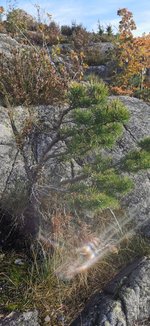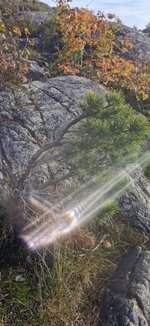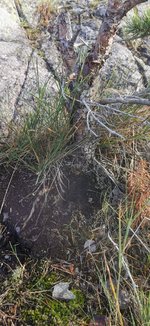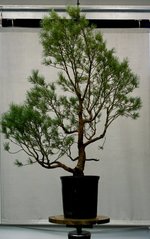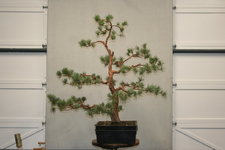First time posting here, so I am amazed and happy for all your advice! Going to move from reddit to this forum for sure.
I will approach this with careful optimism. Yeah, I have to update my info
@penumbra . In the meantime, I'm in Norway. We have long winters and short springs, so I would say there is still some time left. Paying attention to all signs of budding ofc. I have dug up pines before with success, but this is a step up in size. I hear your warnings, and will abort if it seems too hard for me.
@River's Edge great to see a nicely developed tree in similar size and shape. You are right, the foliage is only located on one side. Also on the left side there is a dead branch that is hard to see on the photo. I thought it might lend itself towrds a jin or something, even though I am not overly keen on jins. As for future styling, I was thinking of pulling a lot of those far-away branches inwards and downwards, in leveled pads tighter towards the trunk.
@BrianBay9 a case for optimism! Interesting to hear so varied opinions and experiences. I have passed many trees because they were basically growing in rocks, but this one seemed possible because of the rock pocket. I did check for some roots near the surface when I found it last fall, and there seemed to be some, if not from other trees of course.

